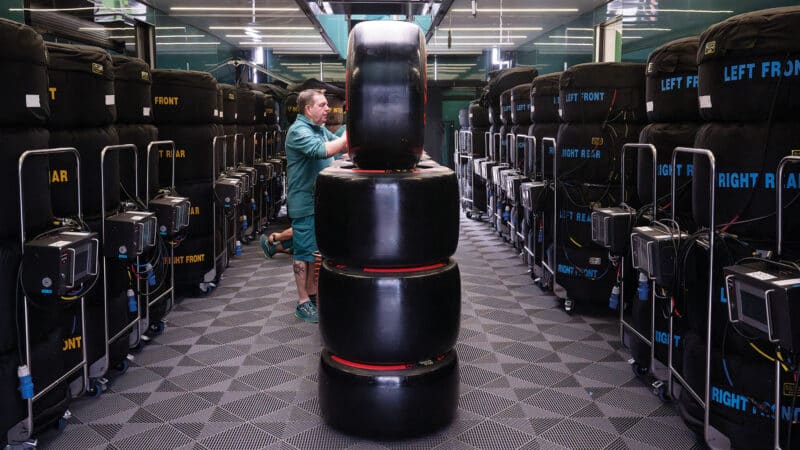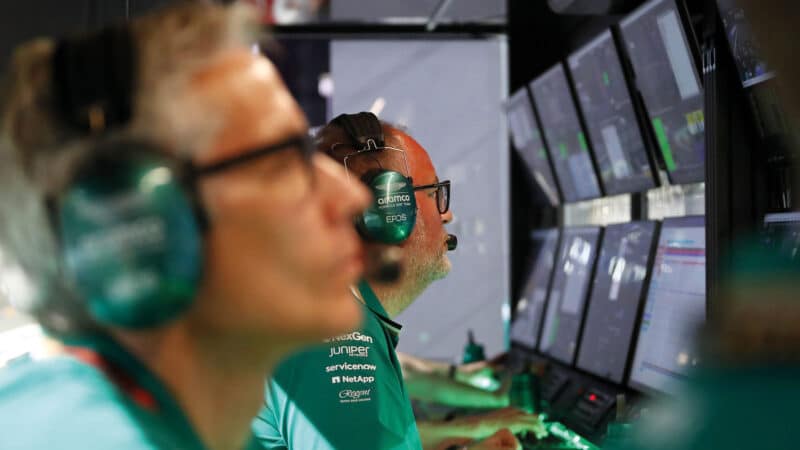How F1 team’s tyre strategies differed at the Dutch GP
With the same tyres as last season but much-improved cars, Mark Hughes explains the strategists’ dilemma in Holland

A switch to hard tyres for Lando Norris at Zandvoort.
In the event there was very little strategic variation around Zandvoort. The expectation before the race was that it would be delicately poised between a one and a two-stop as to which was the quickest. It standardised around a one-stop with only Mercedes being the outliers in going for two.
But before the race Aston Martin’s performance director Tom McCullough outlined the variables facing the strategists. “We don’t have as much historical data here as a lot of circuits. We’ve not been coming here that long and it’s amazing how much we use historical data. When you don’t have it, it just pushes your current understanding, simulations and models even harder. When you have a weekend like this where it’s wet, dry, wet, dry, this is a race we’re coming back to with the same construction, same tyres, as last year, but the cars have moved on and the way they use the tyres has changed, so it’s harder. All three tyres are good, raceable compounds. We know that tyre life is not an issue, and that [the fastest strategy] will be about performance degradation. It’s hard to overtake here, so it’s very much a track position race.”

Aston Martin rubber before the Dutch GP
Getty Images
Tyre degradation is a measure of how much performance a tyre loses as the race goes on and is not the same as tyre wear. A tyre can still have most of its tread but be essentially finished, its core no longer able to provide sufficient support for the tread. Alternatively, at some tracks the tyre can still be delivering great performance with very little tread left. Degradation and wear are quite separate issues.

Tom McCullough, Aston Martin’s performance director, furthest, was tasked with ‘reacting live’
The mechanism of degradation complicates things further, as outlined by McCullough: “With the cars quicker they are putting more energy into the structure of the tyre. But the extra downforce can protect the tread. It is a combination of the two. Relative to last year we’re harder on the tyres, but we’re going quicker. It’s a one or two-stop, and we have to react live during the race depending on what’s happening.”

